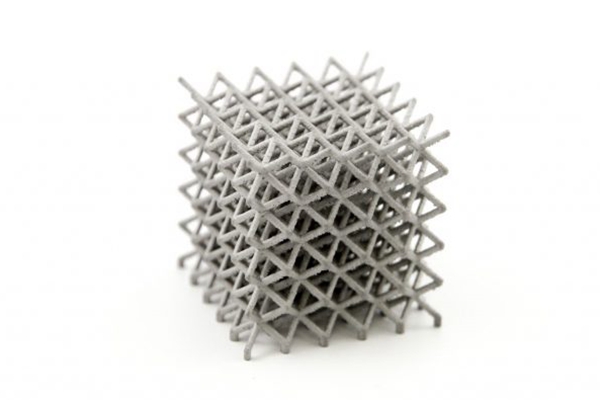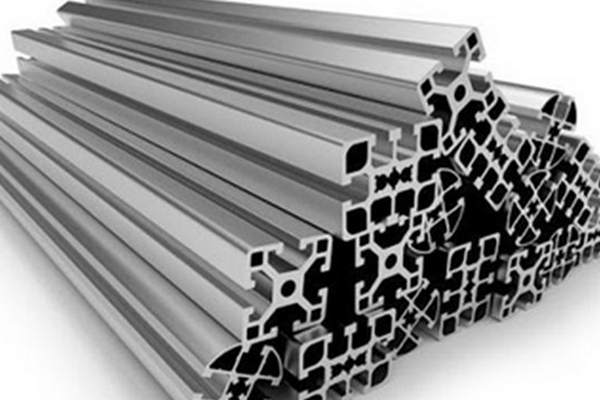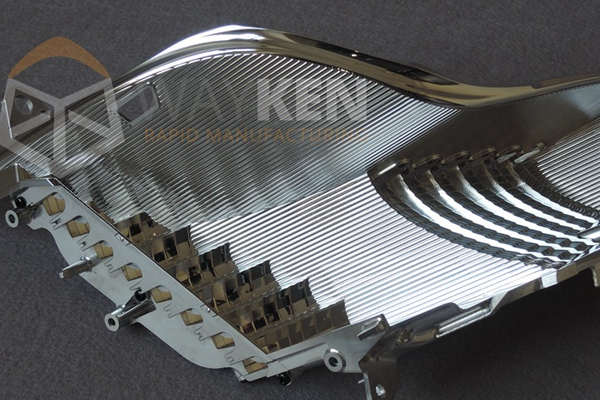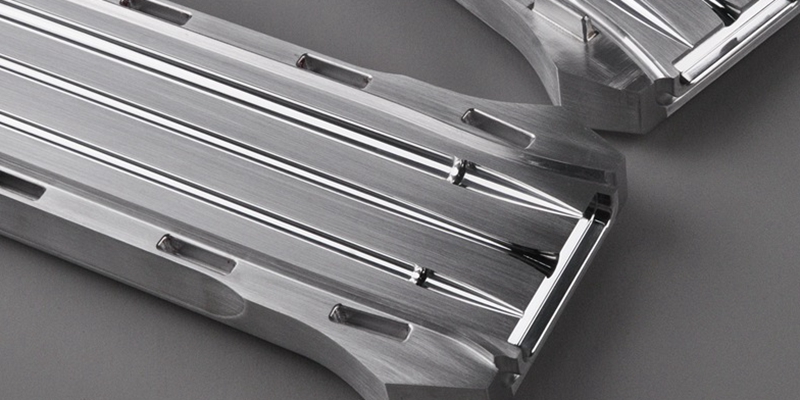- May 31, 2021
Aluminum is the most commonly used material in prototype production. Industries from aerospace, medical to automotive require mechanical and structural components that are durable. Aluminum prototypes are strong, have excellent welding abilities, and are resistant to corrosion, making them essential in the manufacturing business.
Manufacturers use different techniques to make an aluminum prototype. Depending on the part, quantity, or geometry, they can choose to use 3D printing, CNC machining, aluminum casting, extrusion, or sheet metal fabrication.
Let’s look at the processes involved in each of these techniques to help you choose the best method for your prototype.
3D Printing
This process is a popular choice in metal prototyping. Prototypes can be created using selective laser melting (SLM) and direct metal laser sintering (DMLS). In addition, 3D printing is affordable involves additive manufacturing processes.
Similar to CNC machining, it uses digital designs to make alterations. Most aluminum prototypes require complex designs because they are built layer by layer. 3D prototyping comes in handy due to its geometrical flexibility.
As a manufacturer, you can choose this technique due to its low costs and design freedom.

CNC Machining
Most aluminum prototype companies use CNC machining. Using numerical control machine tools, this method produces prototypes in the shortest time possible and very precisely. In addition, this method is convenient because you can alter digital CAD designs.
Despite been compatible with most metal materials, this process works best with aluminum alloys. In addition, as a subtractive manufacturing method, it leads to material wastage.
CNC machining uses 4-axis and 5-axis CNC machines to create complex parts with detailed features.
Sheet Metal Prototyping
This fabrication is a group of processes that involves the deformation, cutting, and assembly of aluminum sheets. It’s used to make functional prototypes such as enclosures and industrial parts.
When creating a functional metal prototype, manufacturers use laser cutting, punching, bending, and welding procedures. To maintain quality, it’s beneficial to use the same sheet metal techniques during prototyping and production.
The downside of this technique is that it might be more expensive than the other processes if multiple techniques are required. For example, a single part may need a laser cutter and punching machine, while with CNC machining, it would just need one machine.
You can choose this method if you need a range of fabrication services or several prototype copies.
Aluminum Casting
Casting involves pouring melted aluminum liquid into a mold to create a prototype. Since it requires specialist equipment, the process of creating a mold is expensive. Because of this, it’s more suitable for mass production.
Manufacturers can incorporate 3D printing and CNC machining in the casting process to reduce the production costs of metal prototypes. However, the production quality is good and creates strong parts that clients can use in different industrial applications.
Aluminum Extrusion
Ideally, not considered as a prototyping process, extrusion is used by manufacturers to create the original parts. During extrusion, materials are forced to go through a shaped open mold to produce an elongated part.
Aluminum prototypes that manufacturers can make via this process include metal bars, brackets, and joints. However, due to the high cost, most extrusion companies specialize in high-volume orders.

Advantages of Aluminum Prototypes
Prototypes can be made using different materials depending on the part, its functionality, and its strength requirement. However, aluminum is preferable for both aesthetic and functional reasons. Here are some benefits of choosing an aluminum prototype.
· Superior Functional Performance
Although some prototypes have no mechanical or functional role, others have to be used. Pre-production, hybrid and functional prototypes have a role to fulfil; therefore need to be of good quality and strength. Aluminum is the metal of choice due to its superior characteristics.
· Higher Heat Resistance
If you compare it with cheaper options like plastic, the aluminum prototype has more resistance to extreme temperatures. Therefore, during production, it will be less susceptible to degradation.
· Better Aesthetics
Whether you use 3D printing or CNC machining techniques, metal prototypes look better. Also, compared to plastic parts, they are more appealing to look at even as non-functional prototypes.
· Cost-Effective
Aluminum prototypes and parts made from metal are much cheaper compared to plastic parts. This is because of metal’s physical characteristics, which reduce the frequency of part replacement. In the long run, this reduces the costs of production.
· Testing Accuracy
Prototypes made from processes such as CNC machining have high levels of accuracy. In addition, aluminum alloys have a superior quality that produces parts to be used in the market for testing.
· Better for Mass Production
Once the engineers have produced an aluminum prototype, the client can use the same for production. It’s easier to turn a metal prototype into a finished product. However, if the prototype had been made using plastic, it can’t be transformed into metal when it’s time for mass production.
· Boosts Investor Interest
Due to the aesthetics of aluminum prototypes, the product will attract more people. This boosts the chances of early investment. As a result, the product can achieve substantial commercial success.
· Superior Strength
Aluminum alloys are high in strength, have good corrosion resistance, and have good plasticity. Because of these excellent characteristics, they are widely used in most industries. For example, in the aviation industry, aluminum parts are used extensively. Due to this strength, customers are assured of high-quality parts and prototypes.

Summary
Prototyping companies use aluminum for most of their processes due to its superior qualities. The demand for these parts in most sectors has made aluminum prototyping one of the most popular processes in manufacturing. Depending on the parts you need and budget, you can choose between the above techniques for your prototyping.
If you are looking for an aluminum prototype, you can contact WayKen, an ISO9001 certified prototype company with more than 20 years of experience. They will provide quality parts according to your specifications and design.





